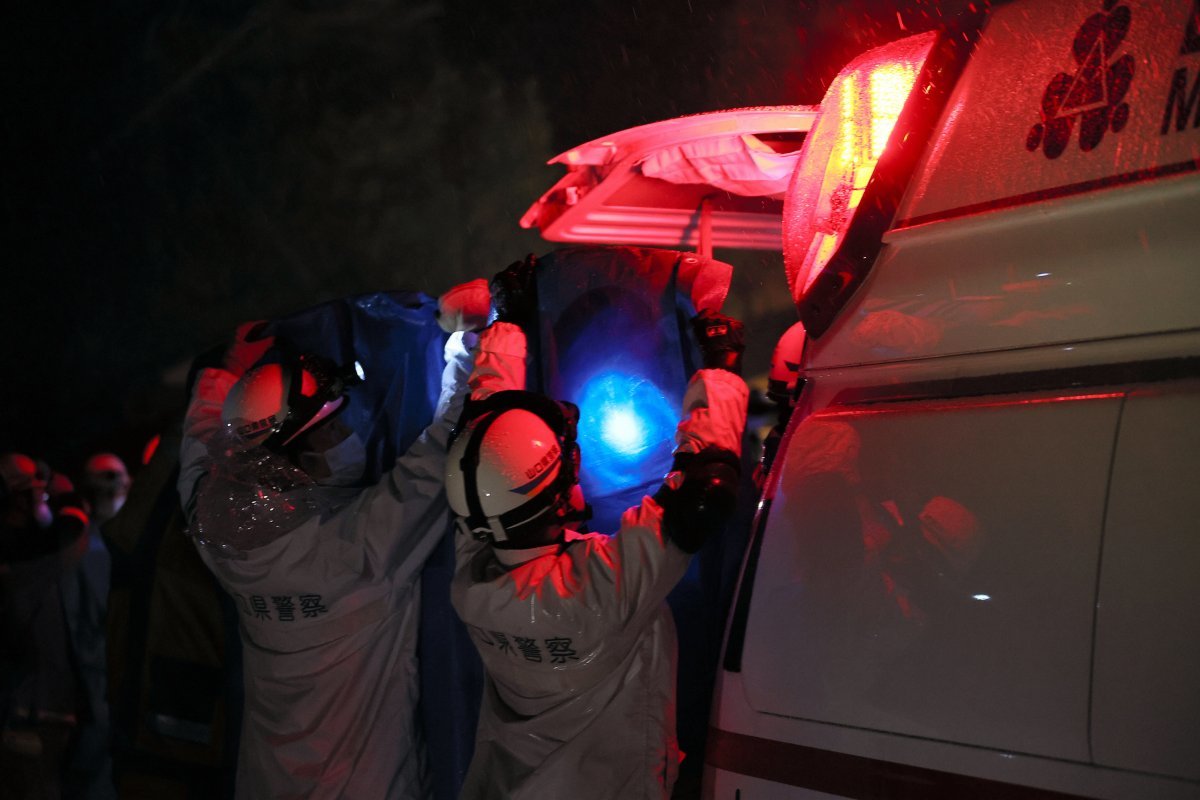“mother! cheer up.” “You are doing well.”
Suzu City, Ishikawa Prefecture, Japan, around 8:20 PM on the 6th. A rescue team spoke loudly to a woman in her 90s who was trapped in a two-story house that collapsed due to a strong earthquake on the Noto Peninsula on the 1st. Her grandmother’s hand, which had been motionless, gradually became warm and took her pulse. It had been about three hours since her discovery and the rescue began. 124 hours have passed since the earthquake occurred.
“ABC (Airway, Breathing, Blood Circulation) Okay. “Transfer begins.”
When the rescue team doctor finally gave a sign that the grandmother was breathing, the grandmother, covered in a blanket, was placed on a stretcher and taken to the hospital. Her grandmother, who was able to communicate slightly at the time of her discovery, was said to have recovered enough to be able to talk comfortably on the morning of the 7th. Japanese Prime Minister Fumio Kishida expressed his gratitude, saying, “There was a ray of hope in a difficult situation,” and “I pay my respects to all those who do not give up and are persistent in rescue efforts.”
 View largerOn the afternoon of the 6th, a rescue team in Suzu City, Ishikawa Prefecture, Japan, is transporting a grandmother in her 90s who was rescued 124 hours after the earthquake to an ambulance. Provided by Asahi Shimbun
View largerOn the afternoon of the 6th, a rescue team in Suzu City, Ishikawa Prefecture, Japan, is transporting a grandmother in her 90s who was rescued 124 hours after the earthquake to an ambulance. Provided by Asahi ShimbunThe ‘golden time’, when life and death change at a disaster site, is usually considered to be 72 hours. The case of the grandmother who was rescued after 124 hours was close to a miracle. An official from the Japanese Metropolitan Police Agency said, “I have been doing rescue work for a long time, but this is my first experience like this.” A woman in her 40s who was found in the same house at the time was in cardiopulmonary arrest.
It is said that the rescue team was most concerned about the occurrence of ‘crush syndrome’ while rescuing the grandmother. When a person who has been crushed by a heavy object for a long time suddenly removes the object, toxins can spread through the blood and, in severe cases, can lead to death. Therefore, the rescue team carefully controlled the rescue speed and performed medical treatment simultaneously.
The number of deaths from the Noto Peninsula earthquake was 128 as of 2 p.m. on the 7th. It has been eight years since the 2016 Kumamoto earthquake (276 deaths) that the number of deaths due to an earthquake exceeded 100. There are still 222 victims who have lost contact, so the number of casualties is likely to increase further. In addition, in areas such as Wajima and Suzu cities on the Noto Peninsula, which were severely damaged by the earthquake, it snowed all day long and temperatures fell below freezing, putting rescue teams in greater difficulty. The Japan Meteorological Agency predicted that heavy snowfall of up to 60 cm would fall in the area until the 8th.
Tokyo =
Source: Donga
Mark Jones is a world traveler and journalist for News Rebeat. With a curious mind and a love of adventure, Mark brings a unique perspective to the latest global events and provides in-depth and thought-provoking coverage of the world at large.